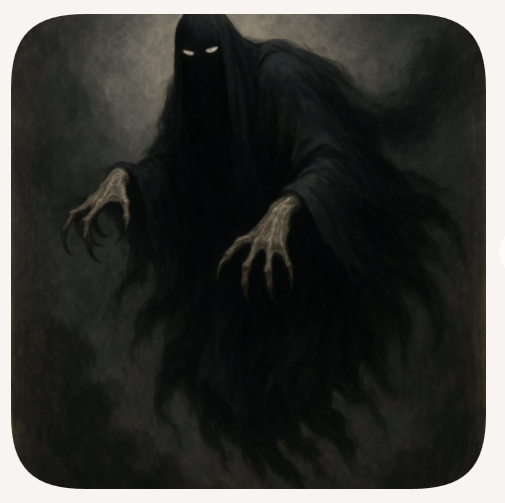Meditations – a microtonic symphonic tone poem
Being alone surrounded by demons from our past can be extremely uncomfortable. The need to run away and indulge in activities that displace us from haunting thoughts, can be overwhelming. What if we didn’t run away from it and faced it head on? This kind of immersion can become a form of a meditation.
To that end, I have initiated perhaps one of the most demanding pieces of work, I have ever composed. Christened “Meditations”, this symphonic tone poem juxtaposes tonality with microtonics in an interesting way. Don’t think of it as Charles Ives’ work….rather consider it as a symphonic version of Byzantine chants, such as this one.
In microtonal music of the East, microtones are used as part of a gliss, and in the case of Byzantine chants as per link below, you can actually here microtones….this is ANCIENT music, not new.
If we use C followed by C quarter sharp, this simply sounds like a tuning process, so a composition using these kind of ideas will sound like noise for full orchestra. It would seem that the Byzantines didn’t use this, but rather microtonal scales….but to think of microtonal scales is like learning to ride a bike with our head on the seat and our feet in the air….tricky at best. In cases like this, it becomes important to understand how the ear interprets music and how to keep ears tuned in to exotic microtonal melodies.

The mood matrix above attempts to do this.


